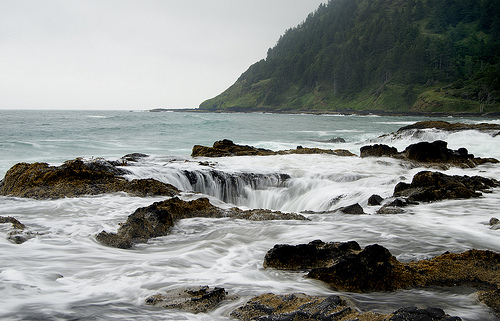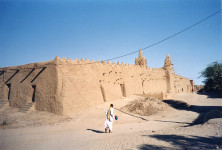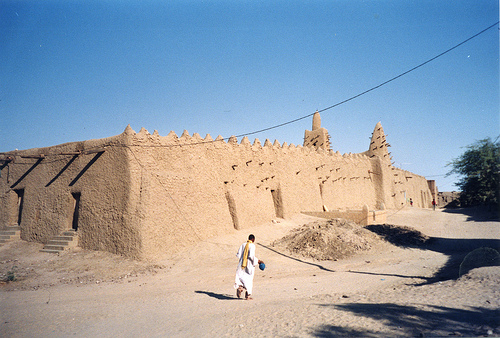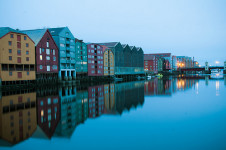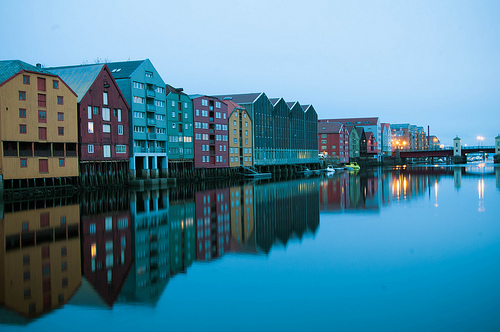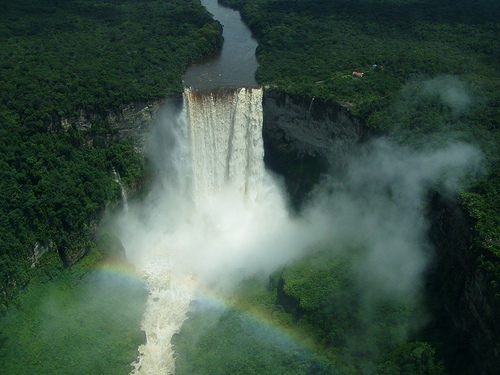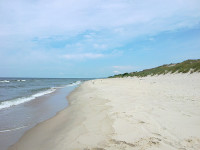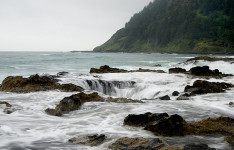
Thor’s Well brings phenomenon from paper to reality.
- Thor’s Well is a large natural hole located in a rock bed along Cape Perpetua in the Siuslaw National Forest, in the United State’s Oregon, next to the Pacific Ocean.
- ‘Thor’s Well’ is also known as ‘Spouting Horn’, however this name is not correct as a nearby feature bears that name, and some are likely to be confused, thinking it is one and the same landform.
- The depth of Thor’s Well is estimated to be around 6.1 metres (20 feet) deep, and during low tide, numerous mussels lining the internal walls of the hole can be seen.
- Thor’s Well endures a cycle of water flowing into the hole, eventually overflowing and then erupting to heights of 6.1 metres (20 feet), and the surrounding water is then quickly sucked back in to the hole.
- Thor’s Well is most active during high tide and in storms around winter, as greater amounts of water flow into the hole, causing it to overflow quicker and spout to great heights.
Thor’s Well
Image courtesy of John Fowler/Flickr
- It is thought that Thor’s Well was originally a cave that had the roof collapse in, due to constant water erosion.
- Thor’s Well can be very dangerous when it is high tide, as the water pulled into the hole can sweep people along with it, due to slippery surfaces and large waves.
- Rocks surrounding Thor’s Well are mostly basalt, while water that fills and empties in the hole is saltwater from the ocean.
- Many images exaggerate the actual diameter of Thor’s Well, which is actually only around 3 metres (10 feet).
- Due to the picturesque nature of Thor’s Well, the site is popularly visited by photographers and general tourists alike, and to access the site, hiking along the coast is required.
Bibliography:
Burns T, Thor’s Well, Gateway to the Underworld, 2012, Shooting the World, https://shootingtheworld.wordpress.com/2012/10/03/thors-well-gateway-to-the-underworld/
I’m looking for history or information about Thor’s well?, 2015, Travel Oregon, http://traveloregon.com/ask-oregon/im-looking-for-history-or-information-about-thors-well/
Pfiel R, At Thor’s Well, low tide > high tide, 2015, e Southern Oregon, http://blogs.esouthernoregon.com/pocket-protector/2015/06/30/at-thors-well-low-tide-high-tide/
Thor’s Well, 2015, Atlas Obscura, http://www.atlasobscura.com/places/thor-s-well





